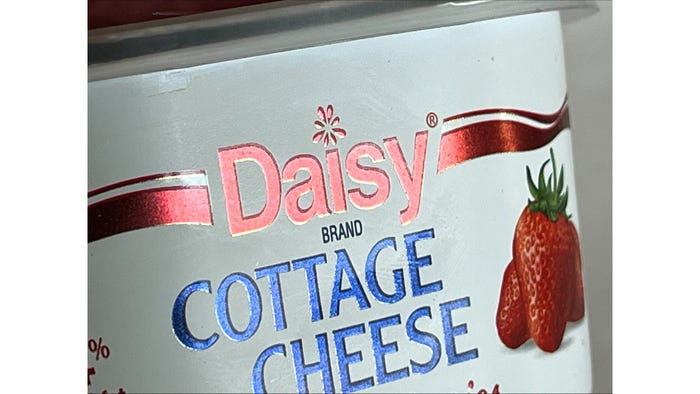Packaging Design
thumbnail
Packaging Design
Daisy’s Dairy Case DanceDaisy’s Dairy Case Dance
Unique, upscale packaging elevates cottage cheese to an indulgent splurge.
Sign up for the Packaging Digest News & Insights newsletter.

Unique, upscale packaging elevates cottage cheese to an indulgent splurge.